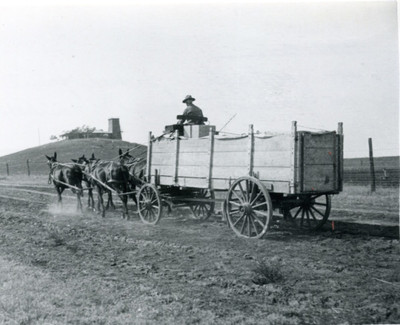When the Morrill Land-Grant Colleges Act was passed in 1862, their primary mission was to provide education to citizens in agriculture, home economics, mechanical and military arts, and other practical professions. The legislation first drafted by Vermont representative Justin Morrill in 1859 to establish a national agricultural college in every state of the union is reflective of the ideal that public education is essential to economic development and national security. This vision of educated citizens contributing to a successful democracy which began with the Morrill Act continued with the Hatch Act of 1887. The Hatch Act provided funding for the establishment of agricultural experiment stations in association with each of the land-grant colleges “in order to aid in acquiring and diffusing among the people of the United States useful and practical information on subjects connected with agriculture, and to promote scientific investigation and experiment respecting the principles and applications of agricultural science.
By the early twentieth century, however, a flaw in system was becoming apparent. The populations that these Land Grant Colleges, such as Oregon Agricultural College, were intended to serve were remote, and it was difficult for most rural peoples to benefit from their programs. To counter the problem of remote populations, many Land Grant Universities established programs to extend their expertise throughout their designated state. With the goal of disseminating practical applications of the research knowledge gathered at the university and improving the quality of life both in farming and at home, science professors developed a series of informal outreach programs.


